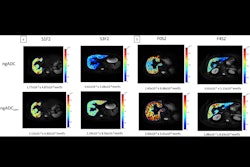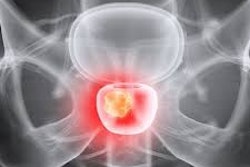More in Home
Researchers talk breast cancer disparities with AuntMinnie.com
January 25, 2024
Is human-AI ‘symbiosis’ the path forward in chest radiography?
January 24, 2024
CT shows that functional limitations persist 6 months after TBI
January 24, 2024
Australian radiologist charged with DUI
January 24, 2024
Nomogram combines ultrasound features to assess thyroid nodules
January 24, 2024
Pluvicto prostate cancer treatment protocols vary globally
January 23, 2024
Elastography tracks stiffness changes in breast implants
January 23, 2024
PET imaging reveals brain activity related to alcohol addiction
January 23, 2024
ChatGPT shows potential for assisting in bone tumor diagnosis
January 23, 2024
Psychosocial factors influence mammography adherence
January 23, 2024
Few ‘surprise’ patient bills are from radiologists, study finds
January 22, 2024




















